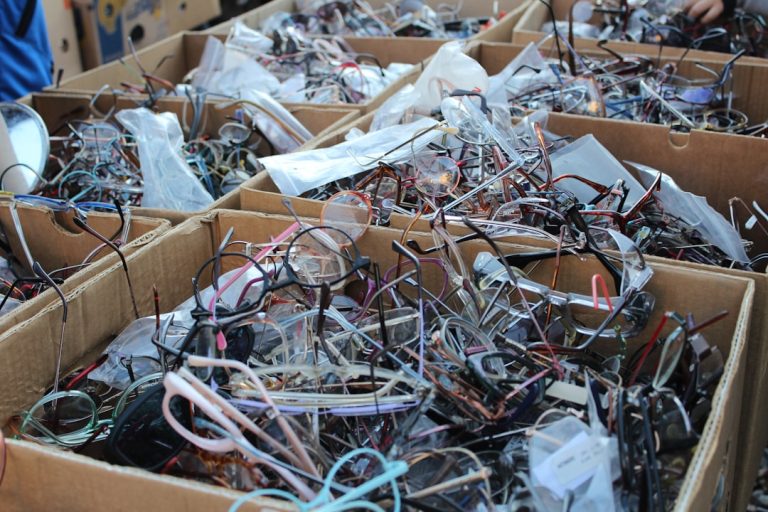The Best Eco-friendly Candles for a Cozy Home (natural Scents).
The Best Eco-friendly Candles for a Cozy Home (Natural Scents)
There’s something undeniably magical about a flickering candle. It transforms a room, softens the edges of a long day, and invites an immediate sense of peace and warmth. For many, candles are the secret ingredient to a truly cozy home. But as we become more mindful of what we bring into our living spaces, a crucial question arises: are the candles we love actually contributing to our well-being and the planet’s health? The good news is, you don’t have to sacrifice that beloved ambiance. The world of eco-friendly candles, infused with natural scents, offers a delightful and responsible way to cultivate comfort. This guide is your compass to navigating this fragrant landscape, helping you discover the very best options that nurture both your home and the Earth.
Beyond the Glow: Why Your Cozy Home Deserves Truly Eco-Conscious Candles
For years, many of us have unknowingly filled our homes with candles made from less-than-ideal ingredients. Traditional paraffin wax, derived from petroleum, can release harmful chemicals when burned, potentially compromising indoor air quality. Synthetic fragrances, while often potent, can contain phthalates and other volatile organic compounds (VOCs) that may trigger allergies, headaches, or even contribute to long-term health concerns. When you’re striving for a truly cozy and healthy sanctuary, these hidden elements can undermine your efforts.
Choosing eco-friendly candles means making a conscious decision to prioritize your health and the environment. It’s about more than just a pleasant smell; it’s about a clean burn, sustainable sourcing, and a commitment to non-toxic ingredients. Imagine a candle that not only fills your home with the soothing aroma of lavender or the invigorating scent of citrus but also does so without any guilt or health concerns. This shift isn’t just a trend; it’s a fundamental upgrade to your home environment, ensuring that every breath you take in your cozy haven is truly clean and pure. It’s about aligning your desire for comfort with your values for sustainability, creating a space that feels good in every sense of the word. For more insights into creating a healthy living space, consider exploring resources on sustainable home decor.
Decoding “Natural Scents”: The Heart of a Healthier, Happier Ambiance
The term “natural scents” is paramount when discussing eco-friendly candles. Unlike synthetic fragrances, which are chemically engineered in a lab, natural scents are derived directly from nature. This primarily means using pure essential oils or botanical extracts. Essential oils are concentrated plant extracts, capturing the true essence of the plant – be it the calming aroma of chamomile, the uplifting zest of bergamot, or the grounding notes of cedarwood. These aren’t just pleasant smells; many essential oils offer inherent therapeutic benefits, from stress reduction to mood enhancement, directly contributing to the “cozy home” atmosphere you seek.
When a candle boasts “natural scents,” it implies a commitment to avoiding the problematic compounds often found in synthetic alternatives. This means no phthalates, parabens, or artificial dyes that can off-gas into your living space. Instead, you get a cleaner, often more nuanced fragrance experience that evolves as the candle burns. The subtle complexity of natural scents can deepen the sense of coziness, connecting your indoor sanctuary to the purity of the natural world outside. Always look for brands that explicitly state their use of 100% pure essential oils or natural botanical extracts, ensuring transparency and authenticity in their fragrance claims.
The Wax Whisperers: Unveiling the Greenest Bases for Your Flame
The type of wax used is arguably the most critical factor in determining a candle’s eco-friendliness. Moving away from paraffin, several plant-based and natural alternatives have emerged as superior choices for both health and environmental impact. Each offers unique characteristics that contribute to a clean burn and effective scent throw.

Soy Wax: The Gentle Giant of Sustainable Candles
Perhaps the most popular eco-friendly wax, soy wax is derived from soybean oil, a renewable resource. It burns cleaner and longer than paraffin, producing significantly less soot. This means less particulate matter in your air and less black residue on your walls and ceilings. Soy wax also has an excellent “scent throw,” meaning it disperses natural fragrances effectively throughout your room. When choosing soy candles, look for those made from 100% US-grown soy to ensure lower carbon footprint associated with transportation and support local agriculture. However, be wary of “soy blends” which may contain a percentage of paraffin.
Coconut Wax: The Smooth Operator
Becoming increasingly popular, coconut wax is another fantastic renewable resource. It’s known for its exceptionally clean burn, slow melt, and luxurious creamy texture. Coconut wax candles often have an even longer burn time than soy and can hold natural fragrances beautifully, offering a strong scent throw. They tend to be a bit more expensive due to the processing of coconut oil, but many find the enhanced performance and superior eco-credentials well worth the investment.
Beeswax: Nature’s Own Purifier
One of the oldest candle waxes, beeswax is a natural byproduct of honey production. It burns incredibly clean, with virtually no soot, and is even believed by some to purify the air by releasing negative ions that can bind with pollutants. Beeswax has a natural, subtle honey-like scent on its own, which can complement or subtly enhance added essential oils. When sourcing beeswax candles, look for ethically harvested options to ensure responsible beekeeping practices. While not plant-based, its natural origin and air-purifying qualities make it a strong contender for an eco-friendly choice.
Sustainable Palm Wax: A Cautious Consideration
Palm wax can also be a natural, renewable option, but it comes with a significant caveat: the environmental impact of palm oil cultivation. Deforestation and habitat destruction are major concerns. If considering palm wax, it is absolutely crucial to ensure it is certified by organizations like the Roundtable on Sustainable Palm Oil (RSPO) to guarantee it comes from sustainable, ethical sources. Without this certification, it’s best to avoid palm wax to prevent contributing to environmental damage. You can learn more about sustainable palm oil from organizations like the World Wildlife Fund (WWF).
Beyond the Burn: Crafting a Sustainable Candle Experience from Wick to Vessel
An eco-friendly candle is more than just its wax and scent; every component contributes to its overall sustainability profile. The journey from wick to vessel plays a crucial role in minimizing environmental impact and ensuring a truly clean, cozy ambiance.
Wicks That Won’t Worry You
The wick is the lifeline of your candle, and choosing the right one is vital for a clean burn. Look for wicks made from 100% cotton or wood. Cotton wicks should be braided and self-trimming, ensuring a consistent flame. Critically, ensure they are lead-free. Decades ago, some wicks contained lead cores, which released toxic particles when burned. While largely phased out, it’s still worth confirming. Wood wicks offer a delightful crackling sound reminiscent of a fireplace, adding an extra layer of coziness,






